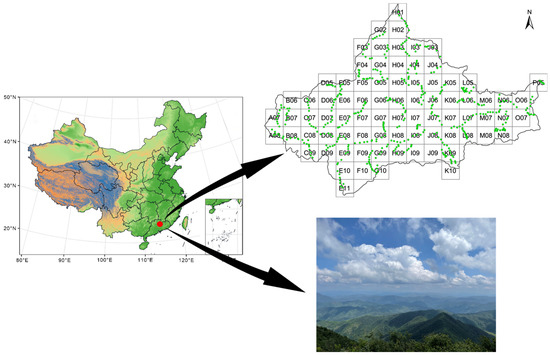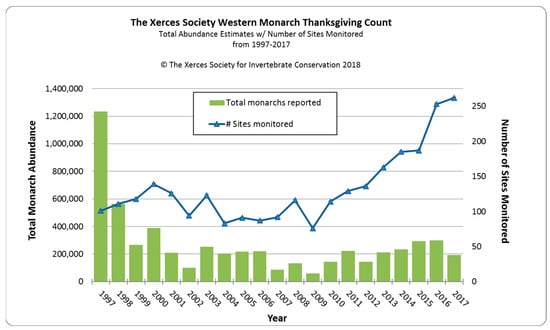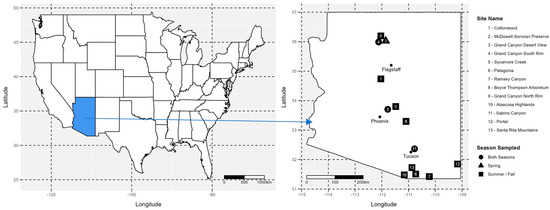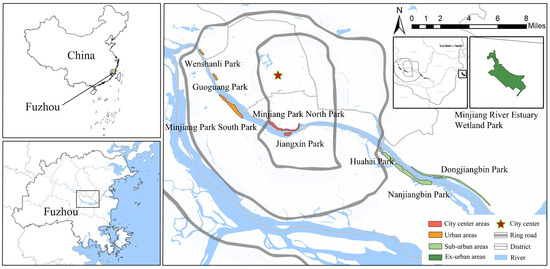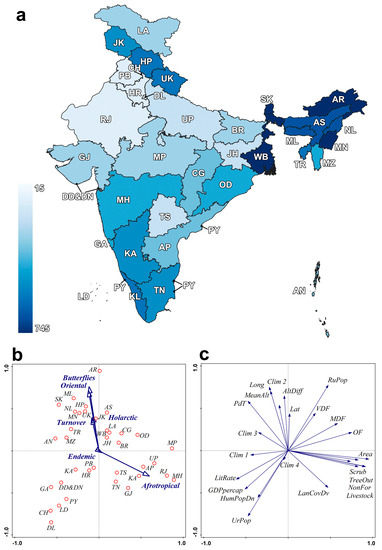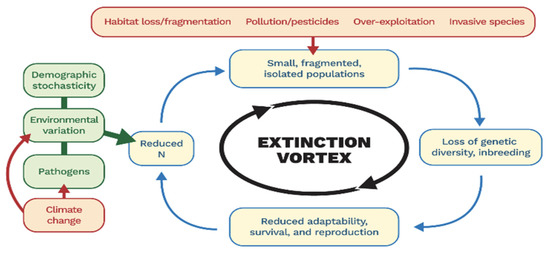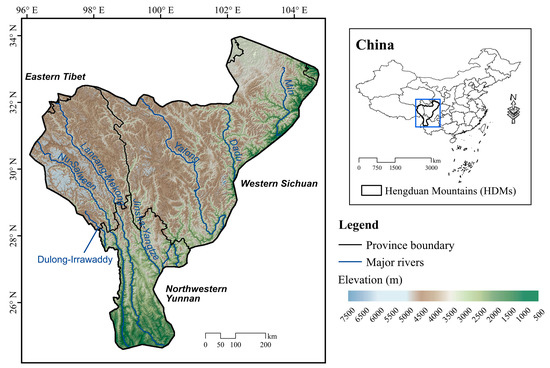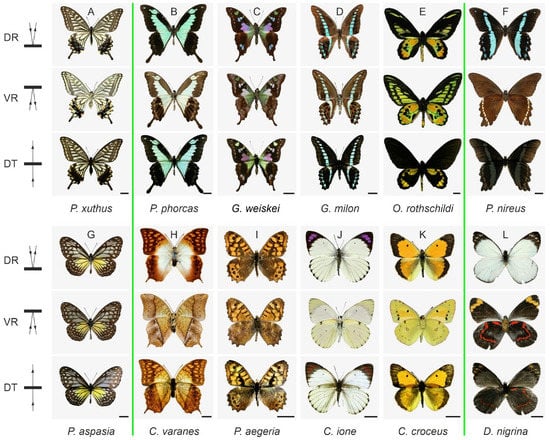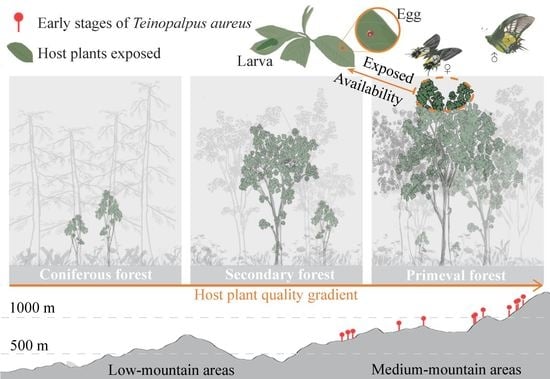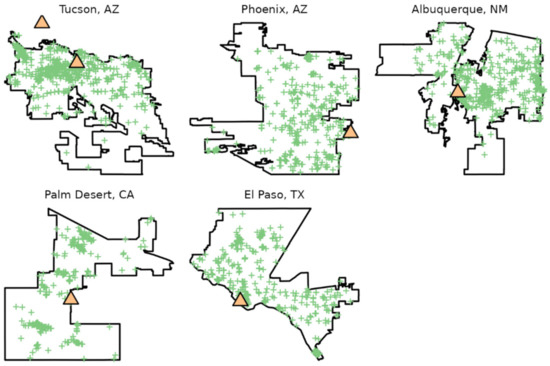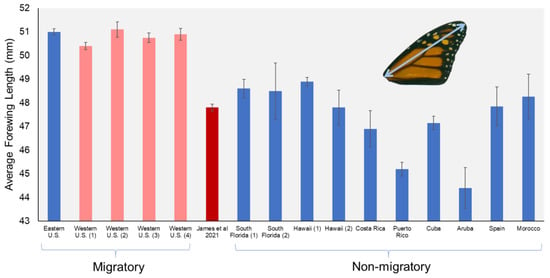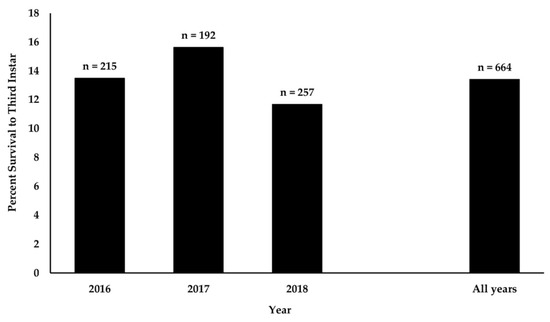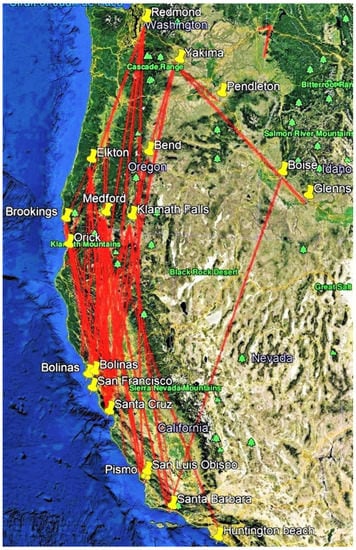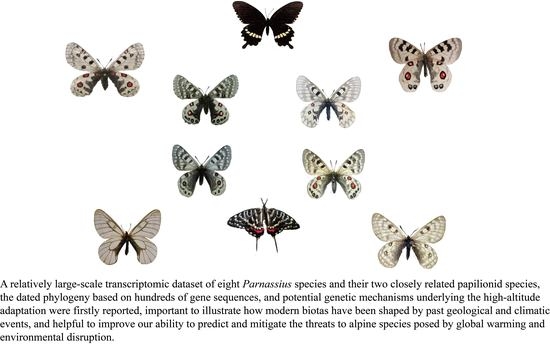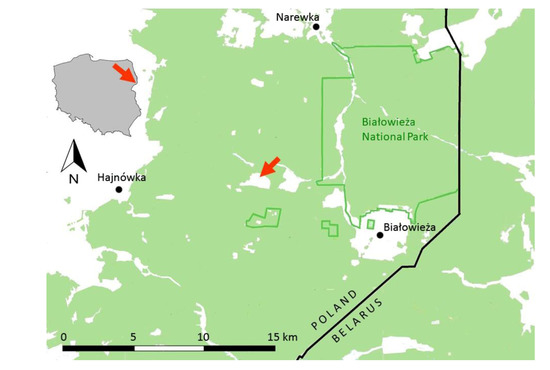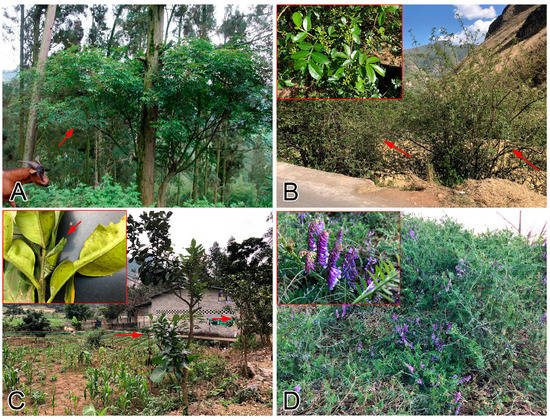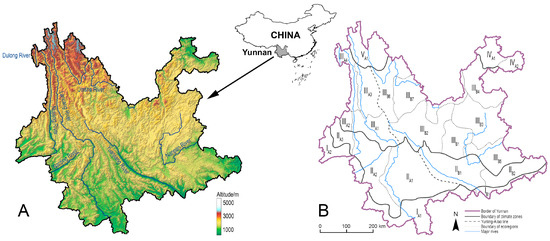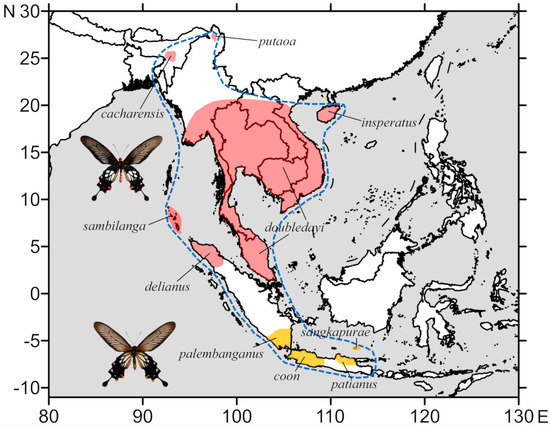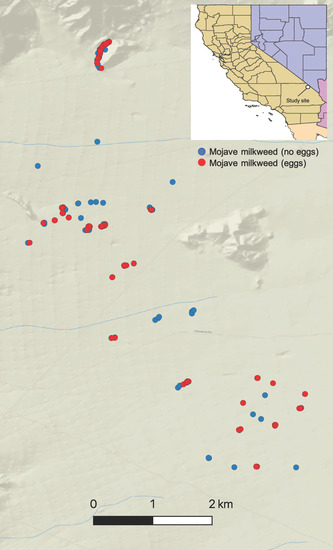Butterfly Diversity and Conservation
A topical collection in Insects (ISSN 2075-4450). This collection belongs to the section "Insect Ecology, Diversity and Conservation".
Viewed by 71562Editors
Interests: Lepidoptera; biology; insect conservation; biological control; chemical ecology
Special Issues, Collections and Topics in MDPI journals
Topical Collection Information
Dear Colleagues,
Butterflies are the public face of insect decline. They are the insect world’s best ambassadors, capturing the minds and imaginations of people all over the world. However, our knowledge of these charismatic insects is still in many ways fragmentary and in need of serious amplification. We know surprisingly little about the biodiversity and life histories of butterflies, sometimes even of the more common species, which compromises our ability to develop and implement effective conservation programs for them. Even the well-studied North American butterfly fauna has yielded at least two new species within the past few years, and the life histories of the Pacific Northwest and UK butterfly faunas have only recently been described. In this Topical Collection, we welcome contributions relating to the biodiversity and conservation of butterflies throughout the world.
Dr. David G. James
Dr. Kathleen L. Prudic
Collection Editors
Manuscript Submission Information
Manuscripts should be submitted online at www.mdpi.com by registering and logging in to this website. Once you are registered, click here to go to the submission form. Manuscripts can be submitted until the deadline. All submissions that pass pre-check are peer-reviewed. Accepted papers will be published continuously in the journal (as soon as accepted) and will be listed together on the collection website. Research articles, review articles as well as short communications are invited. For planned papers, a title and short abstract (about 100 words) can be sent to the Editorial Office for announcement on this website.
Submitted manuscripts should not have been published previously, nor be under consideration for publication elsewhere (except conference proceedings papers). All manuscripts are thoroughly refereed through a single-blind peer-review process. A guide for authors and other relevant information for submission of manuscripts is available on the Instructions for Authors page. Insects is an international peer-reviewed open access monthly journal published by MDPI.
Please visit the Instructions for Authors page before submitting a manuscript. The Article Processing Charge (APC) for publication in this open access journal is 2600 CHF (Swiss Francs). Submitted papers should be well formatted and use good English. Authors may use MDPI's English editing service prior to publication or during author revisions.
Keywords
- butterflies
- diversity
- conservation
- life histories
- decline







